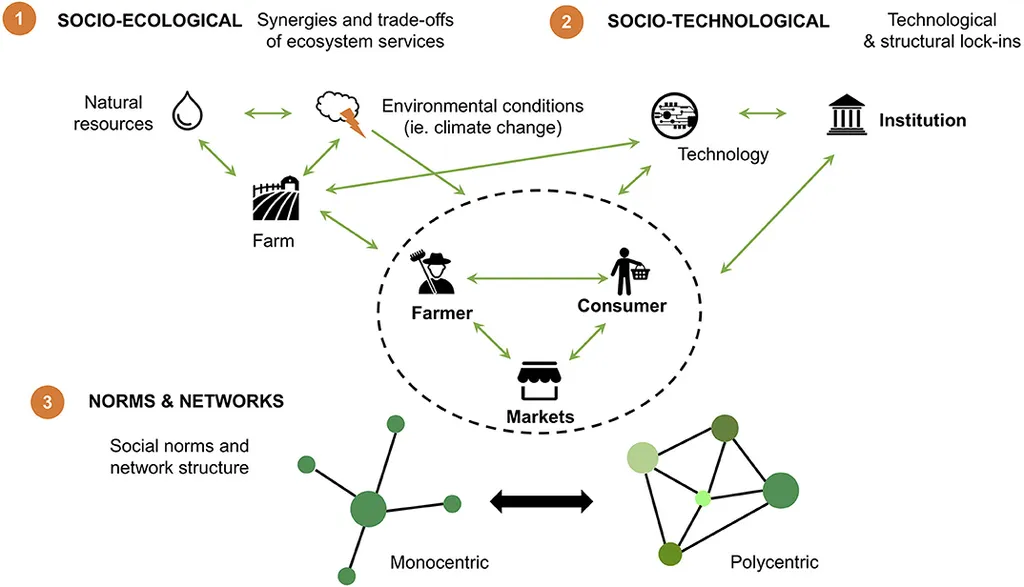In the heart of Italy, a silent revolution is unfolding—not in its bustling cities, but in the quiet, rolling countryside. A recent study led by Filippo Brandolini from the Center for Sustainability Science and Strategy at the Massachusetts Institute of Technology (MIT) is peeling back the layers of time to reveal the rural landscape of Italy as it was in the 1920s. Published in Open Research Europe, which translates to Open Research Europe, this research offers a unique glimpse into the past, providing a critical baseline for understanding the socio-environmental transformations that have shaped the country’s rural areas.
Brandolini and his team have meticulously reconstructed Italy’s rural landscape using data from the Catasto Agrario 1929 survey. This historical treasure trove has been digitized using Optical Character Recognition (OCR) and integrated into a Geographic Information System (GIS), creating a comprehensive dataset that details land use, land cover, demographic characteristics, livestock distribution, crop yields, and precipitation patterns. “This dataset offers an unprecedented view of Italy’s rural landscape just before the onset of the Great Acceleration,” Brandolini explains. “It provides a historical baseline that is crucial for analyzing long-term changes and their impacts on the environment.”
The study highlights the prevalence of traditional agricultural practices, such as agroforestry, which were widespread before the shift towards modern monoculture systems. By documenting these practices, the research offers valuable insights into sustainable agricultural methods that could inform future developments in the energy and agricultural sectors. For instance, understanding historical land use patterns can help identify areas suitable for renewable energy projects, such as wind or solar farms, while minimizing environmental impacts.
The dataset also sheds light on demographic dynamics and rural depopulation, providing a foundation for exploring the enduring effects of these changes. “This research is not just about the past; it’s about understanding the present and shaping the future,” Brandolini notes. “By comparing past and present landscapes, we can make more informed decisions about land use, conservation, and sustainable development.”
The implications of this research extend beyond Italy’s borders. It offers a model for similar studies in other regions, providing a framework for analyzing historical land use and its environmental impacts. This can be particularly valuable for the energy sector, where understanding historical land use patterns can help identify opportunities for renewable energy development and inform strategies for mitigating environmental impacts.
Moreover, the study highlights the importance of preserving rural heritage and traditional agricultural practices. As the world grapples with the challenges of climate change and environmental degradation, these historical insights can provide valuable lessons for sustainable development. “This dataset is a testament to the power of historical data in informing our understanding of the present and guiding our actions for the future,” Brandolini concludes.
In the ever-evolving landscape of agritech and energy, this research serves as a reminder of the value of looking back to move forward. By reconstructing Italy’s rural past, Brandolini and his team are not only preserving a piece of history but also paving the way for a more sustainable future. As the world continues to grapple with the challenges of climate change and environmental degradation, this historical baseline offers a beacon of hope and a roadmap for sustainable development.

